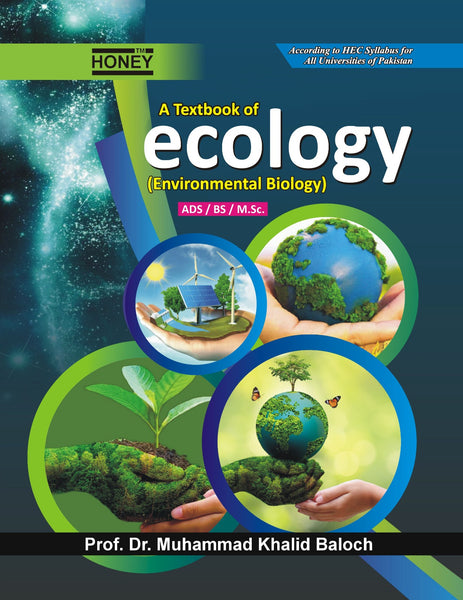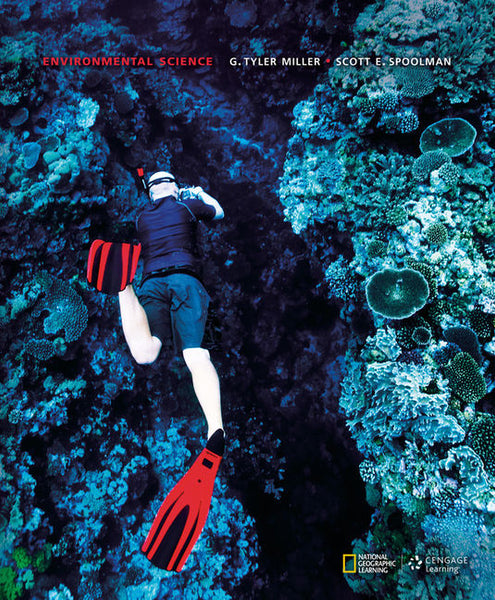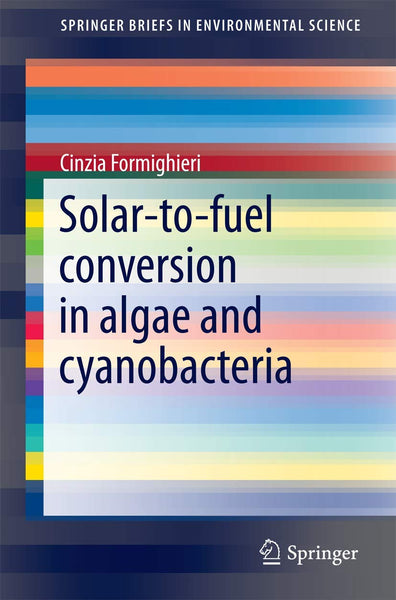Microplastic Pollution By Muhammad Zaffar Hashmi
- Publisher: ENVIRONMENTAL SCIENCES
- Availability: In Stock
- SKU: 49348
- Number of Pages: 563
Rs.1,130.00
Rs.1,495.00
Tags: Advanced filtration , affordable prices , Aquatic systems , Authoritative Recommendations , best books , best books online , best online store , Best Price , best prices , Best Selling Books , best shop , Bestsellers , Bioaccumulation , Biological treatment , Book Shop , Book shopping , bookshop , bookshop Multan , bookshop near me , bookshop online , bookshop online Multan , bookshopPakistan , BUY ONLINE , buy online books , Chemical degradation , Chemical exposure , Contamination , Convenient Payment Options , Customer Reviews , Detection methods , digital shopping , Discount Offers , Easy Returns , Eco-friendly solutions , Ecosystem effects , Environmental occurrence , Fast Delivery , Filtration systems , good books , good books online , good booksonline , Health hazards , Health impact studies , Human health risks , Integrated solutions , Internet Shop , Largest Online Bookstore in Pakistan , latest books online , Marine conservation , Marine life , Marine organisms , Membership Benefits , Microplastic effects , Microplastic monitoring , Microplastic pollution , Microplastic research , Microplastic studies , Microplastics , Mobile Compatibility. , Muhammad Zaffar Hashmi , New Releases , one stop shop , online , Online Book Shop , ONLINE BOOKS , Online Books Shop , online books store , Online Bookshop , Online Bookshop Pakistan , online bookstore , online shop , online shopping , Online Shopping Pakistan , onlinebooks , OnlineShoppingPakistan , Pakistan Bookshop , PakistanBookshop , PakistanOnlineShopping , Personal care products , Plastic alternatives , Plastic debris , Plastic pollution , Plastic reduction , Plastic sources , Plastic waste , Pollution challenges , Pollution management , Pollution mitigation , Pollution prevention , price cut , price-friendly Comprehensive , Public awareness , Quality Books , ReasonablePrice , reduced price , Regulatory measures , Reliable Shipping , Responsive Customer Service , Search Functionality , secure shopping , Secure Transactions , Shopping , ShopSmartPakistan , Synthetic fibers , Technology innovations , Terrestrial systems , Treatment technologies , User-Friendly Interface , Virtual Shop , Waste treatment , Wide Selection
Microplastic pollution represents a significant environmental challenge due to its widespread occurrence and impact on ecosystems and human health. The book by Muhammad Zaffar Hashmi explores the sources, distribution, and consequences of microplastics in the environment, as well as the current technologies and strategies employed to address this issue. It provides a comprehensive overview of the various forms of microplastics, their pathways into natural systems, and the effectiveness of different treatment technologies designed to mitigate their presence.
Key Points
1. Definition and Classification of Microplastics
Microplastics are defined as plastic particles less than 5 millimeters in size. They are classified into primary microplastics, which are manufactured at this size, and secondary microplastics, which result from the degradation of larger plastic items.
2. Sources of Microplastic Pollution
Primary sources include personal care products, cleaning agents, and synthetic fibers from clothing. Secondary sources stem from the fragmentation of larger plastic debris and environmental degradation.
3. Environmental Occurrence
Microplastics are found in diverse environments, including oceans, rivers, and soils. Their presence is documented in both aquatic and terrestrial ecosystems, affecting a wide range of organisms.
4. Impact on Marine Life
Marine species ingest microplastics, which can lead to physical harm, chemical exposure, and potential bioaccumulation of toxins. This ingestion affects growth, reproduction, and survival rates of marine organisms.
5. Human Health Risks
Microplastics pose potential health risks to humans through ingestion of contaminated seafood and exposure to airborne microplastic particles. Research is ongoing to understand the full extent of these risks.
6. Detection and Monitoring Techniques
Advanced methods for detecting microplastics include microscopy, spectroscopy, and chemical analysis. Monitoring efforts are crucial for assessing the extent of pollution and effectiveness of mitigation measures.
7. Treatment Technologies
Various technologies are employed to treat microplastic pollution, including filtration systems, chemical degradation processes, and biological methods. Each has its advantages and limitations.
8. Challenges in Treatment Implementation
Implementing treatment technologies presents challenges such as cost, scalability, and efficiency. The complexity of microplastic pollution necessitates integrated approaches and innovation in treatment strategies.
9. Policy and Regulatory Frameworks
Effective management of microplastic pollution requires robust policies and regulations. These frameworks aim to reduce plastic production, improve waste management, and promote alternatives to single-use plastics.
10. Future Directions and Research
Future research focuses on developing new technologies, understanding long-term environmental impacts, and enhancing public awareness. Continued innovation and collaboration are essential for addressing the microplastic pollution crisis.
Addressing microplastic pollution requires a multifaceted approach involving improved detection methods, advanced treatment technologies, and effective policies. Muhammad Zaffar Hashmi's work provides valuable insights into the environmental occurrence and treatment of microplastics, highlighting both the challenges and opportunities in combating this pervasive issue.
════ ⋆★⋆ ════
Writer ✤ Muhammad Zaffar Hashmi





















